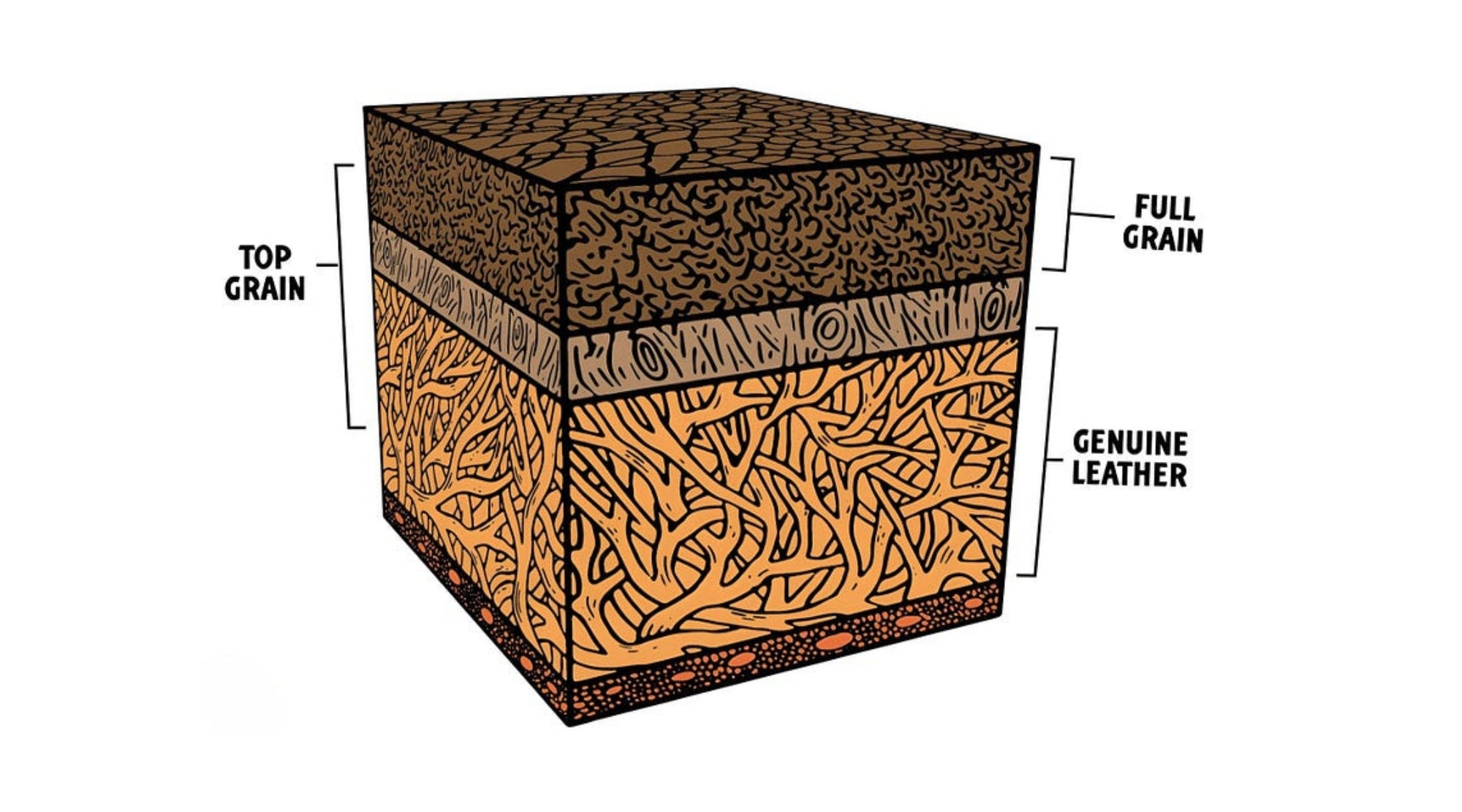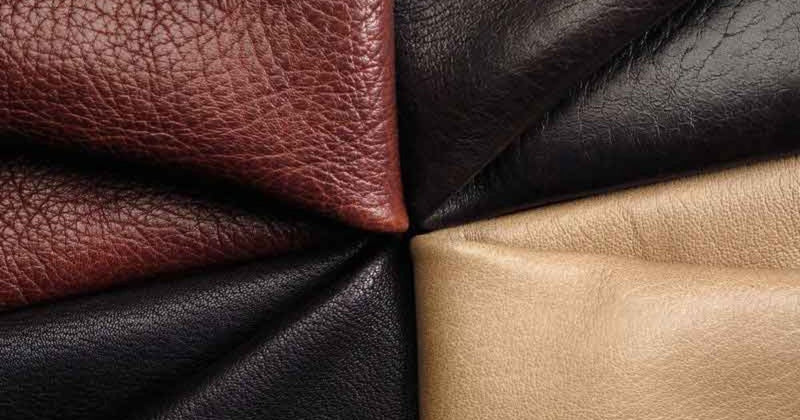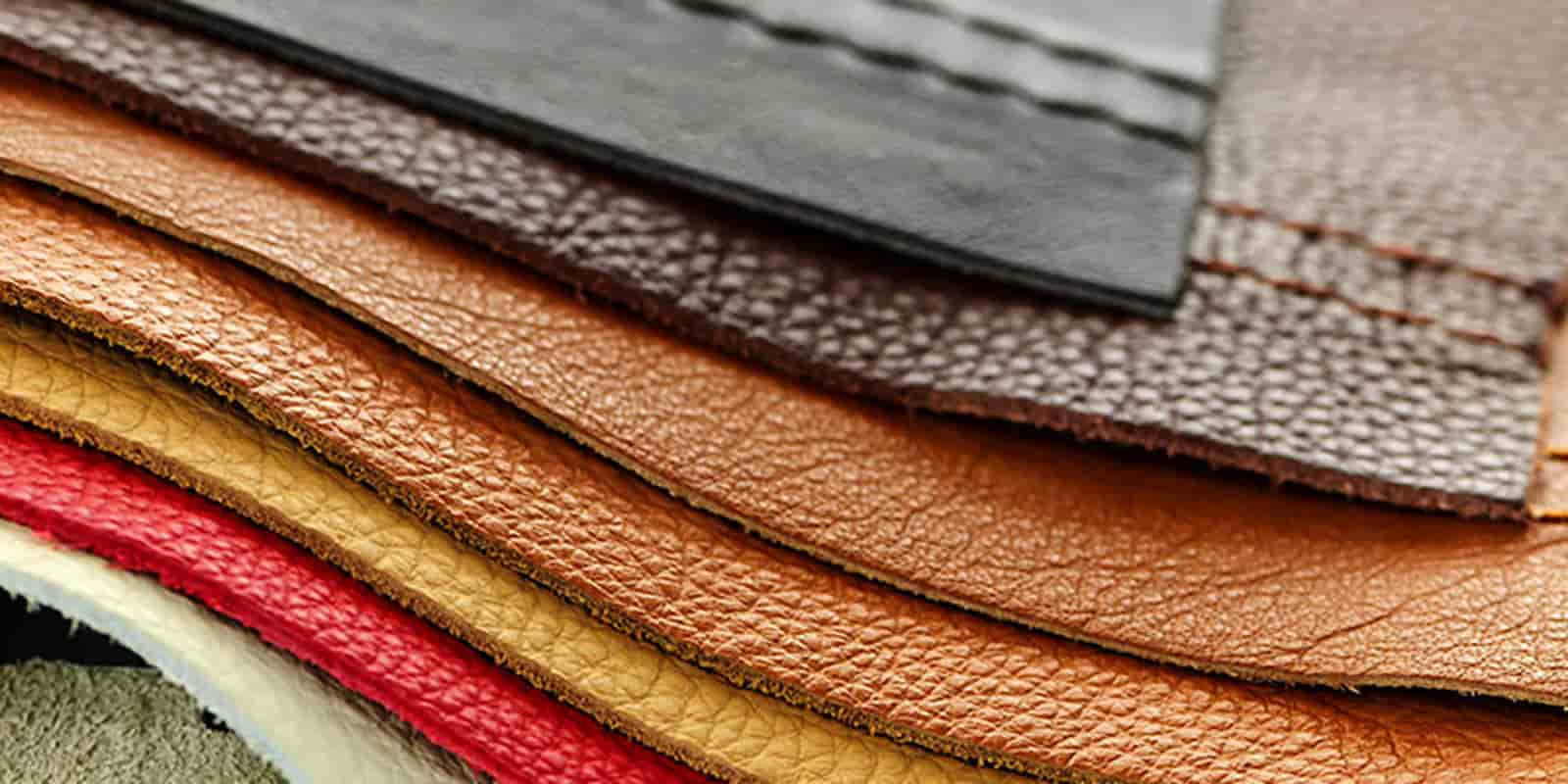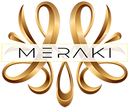Leather isn’t just a product — it’s a canvas of life, geography, biology, and craftsmanship. Every crease, pore, and ripple on its surface carries a quiet testimony: of an animal’s life, a tanner’s technique, and the journey from hide to heirloom.
To understand leather is to understand grain and texture — the two characteristics that define its authenticity and value.
The Grain: Leather’s Natural Signature

Leather grain is the outermost layer of the hide — where the pores, hair follicles, scars, and natural patterns live. It's also the strongest part of the leather, resistant to wear, and the most expressive in texture.
Let’s explore how grains differ, not just in name, but in soul:
🟤 Full-Grain Leather: Nature Unedited

This is leather in its rawest and most honest form. The grain is left completely intact, showing off all its natural marks — the hills, valleys, and scars that come with real life. No sanding. No surface correction. It’s strong, breathable, and beautiful.
Over time, full-grain leather doesn’t age — it evolves. With every touch, every scrape, and every year, it develops a deep patina that reflects its journey with you.
Full-grain is not flawless. That’s what makes it timeless.
⚪ Top-Grain Leather: Tailored Authenticity

Top-grain leather is slightly refined. The surface is buffed or sanded to remove blemishes, then sometimes stamped with an artificial grain for uniformity. This makes it more consistent in appearance but a little less breathable and patina-prone than full-grain.
Still, it strikes a balance: authentic enough for connoisseurs, polished enough for designers.
⚫ Corrected Grain Leather: The Engineered Finish

Corrected grain goes further. It’s treated to remove imperfections and often coated with pigments, embossing, and synthetic finishes. The result is a sleek, uniform appearance — perfect for mass-market appeal, but missing the organic charm of higher-grain leathers.
It’s not worse — just different. A choice of control over character.
🟠 Split and Bonded Leather: Beneath the Surface

Split leather comes from the layers beneath the grain. It’s weaker and often used for suede or laminated to mimic grain. Bonded leather is even more processed — a blend of leftover leather fibers and adhesives, topped with a synthetic surface.
They serve their purpose: accessible, versatile, and utilitarian. But they don’t age the way true grain leathers do — they degrade.
Texture: The Feel of a Story

If grain is the fingerprint, texture is the touch. Natural-grain leather feels alive — varied, warm, responsive. It changes subtly with the weather, your touch, and time.
Corrected leathers, by contrast, feel more plastic-like, uniform, and static. They look like leather but don’t live like leather.
Want to know the difference? Close your eyes and press your palm to the surface. One feels like a story in progress. The other, like a story that’s already printed and laminated.
Texture vs. Trend: What Should You Choose?
Your choice depends on what you value:
-
Patina lovers and heritage seekers → Full-grain. Let your leather tell its story.
-
Minimalists and perfectionists → Top-grain. Clean looks with genuine roots.
-
Pragmatists and project makers → Corrected grain or split. Budget-friendly and consistent.
-
Ethical shoppers → Consider vegan or plant-based leather — a topic for another day.
Final Thoughts: Imperfection Is the New Luxury
In a market obsessed with uniformity, leather remains one of the last materials where imperfection equals authenticity. The texture isn’t just a surface feature — it’s a biography.
So next time you're holding a wallet, slipping on shoes, or sitting on a leather chair, pause. Feel. Look. Wonder where it’s been, what it’s seen, and what kind of life shaped that hide before it reached your hands.
Let leather remind you: the real value is in the grain.
